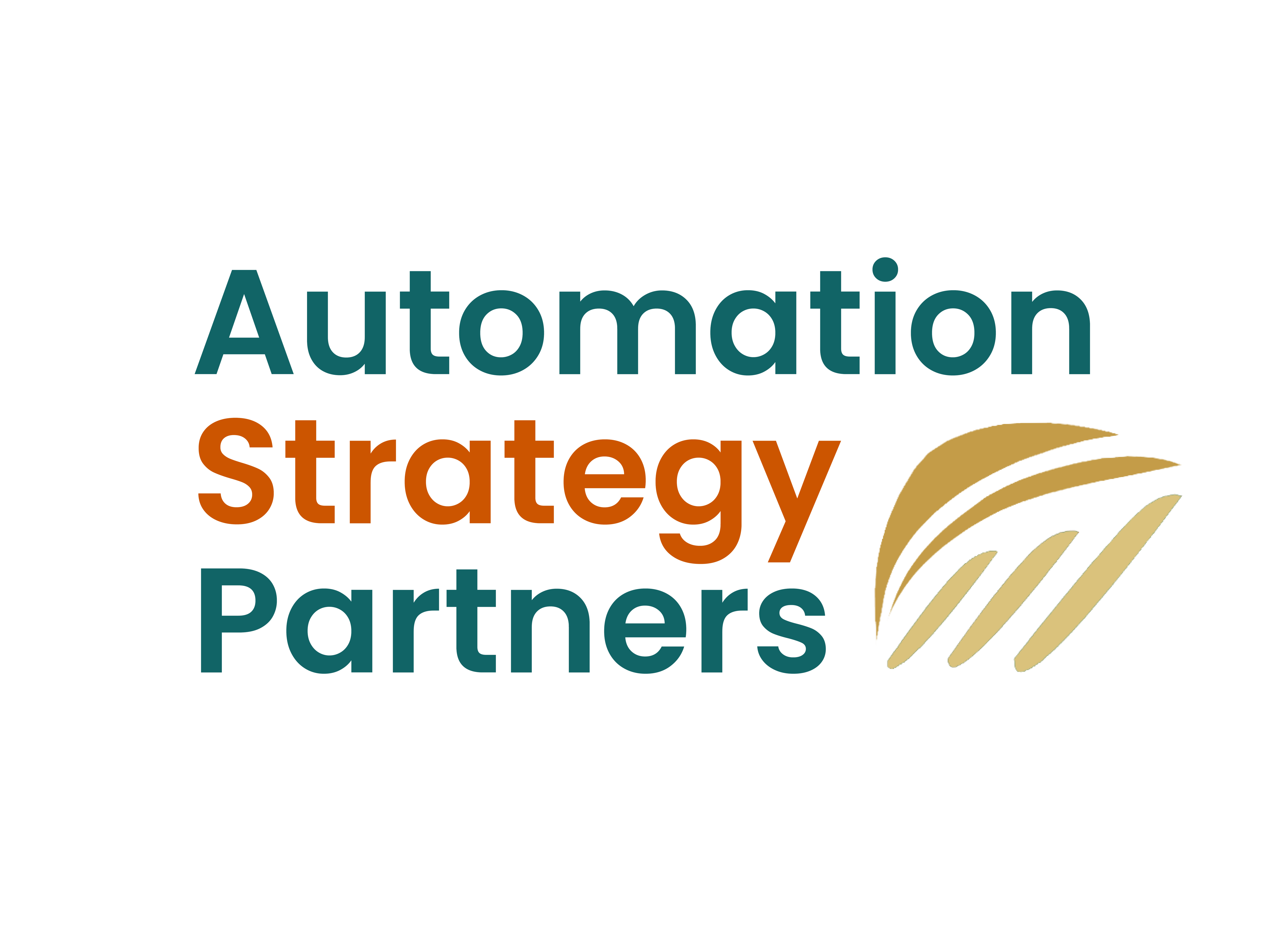Intelligent automation is now mission critical.
Many businesses are still lagging when it comes to exploring and implementing automation in their organisations. Some lack the understanding of how mission critical automation is becoming to sustaining competitiveness in most markets. Other organisations still lack the architecture to support automation that will help them scale.
It is not hard to identify tangible ways that workflow automation is helping businesses achieve and sustain competitive advantages across a diverse range of industries and markets. Automation is now so widely adopted that there are no industries that can claim not to have the potential to achieve competitive advantages with automation.
Here are 7 obvious ways our clients have realised competitive advantages by adopting automation, even if they are very early in their journey.
Increased operational efficiency by streamlining processes and eliminating manual tasks. By achieving these outcomes, employees can focus on higher value tasks while boosting productivity and efficiency.
Cost savings are achieved in several areas, and this does not include reducing head count. Cost savings are achieved by reducing manual labour, minimising errors, increasing output and completing business tasks and processes 24 hours per day, 365 days per year.
Accuracy and consistency is often overlooked as a contributor to competitiveness. However, accuracy and consistency are key to delivering excellent customer experiences throughout the relationship cycle. Accurate data and forecasting is a competitive advantage when it positively contributes to decision making and strategic planning.
Automation can deliver faster and more reliable customer service. One example is chatbots handling enquiries 24 x 7 and allow human agents time to engage on more complicated issues and opportunities. We have achieved amazing results helping professional services firms with their client onboarding processes that have delivered a highly professional, consistent experience for new clients.
Scaling operations is more easily achieved when automation is implemented to handle larger volumes of work without the need to burden existing employees or create the need to hire more people.
Automated systems collect and analyse data more effectively than manual processes. Automation can create and deliver reports without human intervention, making decision making faster and eliminate surprises in operational or revenue generating areas of a business. Continuous improvement is supported by having access to data that identifies gaps and opportunities for proactive improvement initiatives.
Overall, competitiveness is greatly enhanced and sustained using automation that supports faster prototyping, reduced production times, higher quality products/services, improved customer experience and better tactical and strategic decision making.
The key to achieving competitive advantages using automation is by careful analysis of your business and its processes. Once workflow processes are understood in the broader context of stakeholders and business impacts, the organisation can build a prioritised project plan to implement automations in the business. A change management plan is essential to ensure people are engaged fully in the process with the least amount of disruption.
Too many businesses decide to explore automation and lurch towards engaging a technology vendor without adequate due diligence, project scoping and planning. What typically happens is the automation implementation project turns into a technology driven project with less probability of success. Automation is all about people and by focusing on people and the impacts automation will have on them, you are setting your business on a path to competitive advantage and sustainable success.
